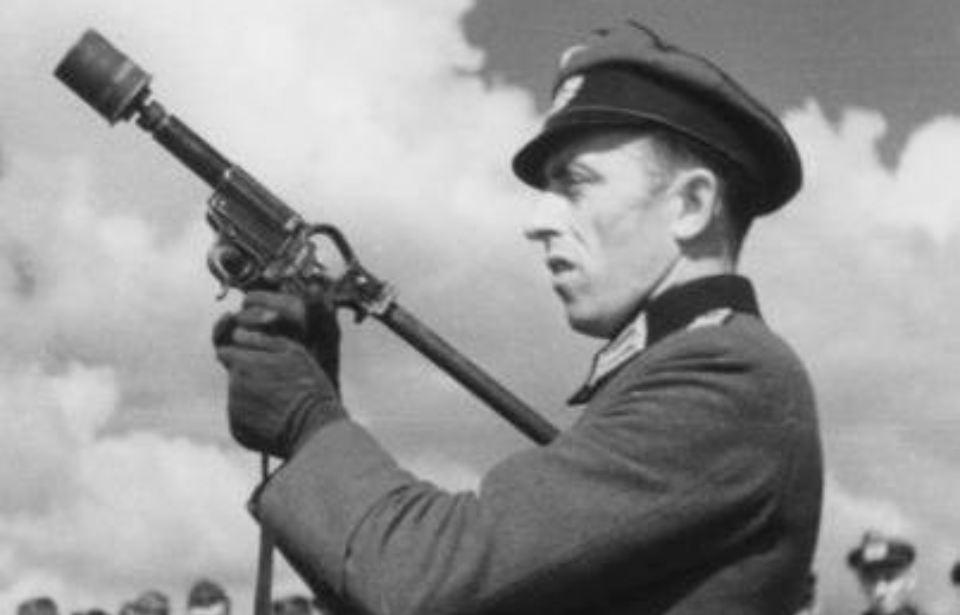The Sturmpistole was a multi-purpose weapon developed for the German Army during World War II. A modified flare gun, it was capable of firing a variety of ordnance, with its purpose being to provide infantrymen with a lightweight grenade launcher, so they could engage enemy targets at greater distances.
Use of the Sturmpistole was ultimately secondary to larger and more powerful anti-armor weapons like the Panzerfaust and Panzerschreck.
Sturmpistole
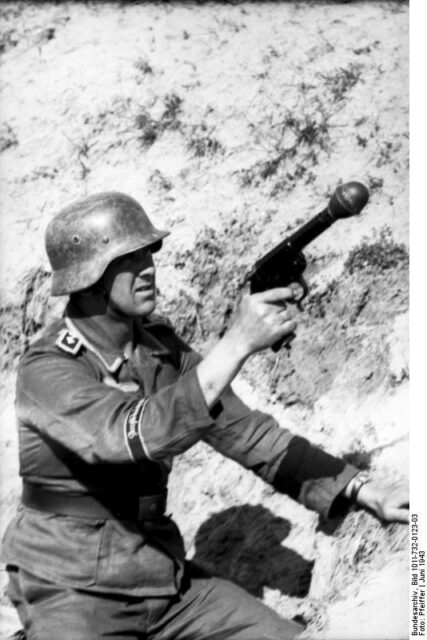
The Sturmpistole was based on two German flare guns, the Leuchtpistole 34 and 42. Walther designed the former, which entered service in 1934 and remained equipped until the end of World War II. The Leuchtpistole 42 was intended to be a successor to the 34. Designed by HASAG, it entered service in 1943.
The Sturmpistole weighed 5.8 pounds, and had a barrel length of 7.1 inches. It could be equipped with different sights, depending on the grenades being fired, and had a folding buttstock that increased the weapon’s total length to 23 inches.
Multi-Star Signal Cartridge
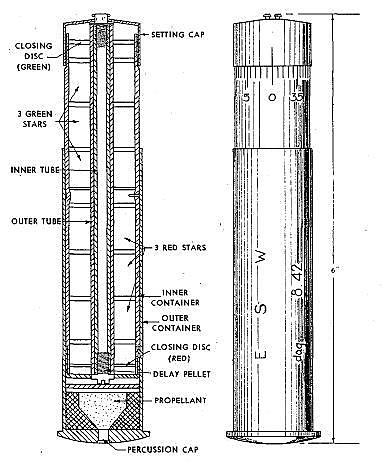
The Multi-Star Signal Cartridge was a non-lethal, breech-loaded signal flare developed and used by Germany during the Second World War. It contained a light inner alloy projectile, which held a total of three red and three green stars. On the exterior were numbers that allowed the operator to choose the combination of stars. By twisting the top, ignition holes were either opened or closed.
The number combinations used on the Multi-Star Signal Cartridge were as follows: 0-2 (three red, three green), 7-8 (one red, two green), 14-15 (three red, one green), 21-22 (one red, three green), 27-29 (two red, two green), and 34-35 (two red, one green).
When fired, the Sturmpistole‘s hammer struck the percussion cap, igniting the propellant. When this occurred, a delay pellet was ignited, which burned and ejected the stars when burned through.
Panzerwurfkörper 42
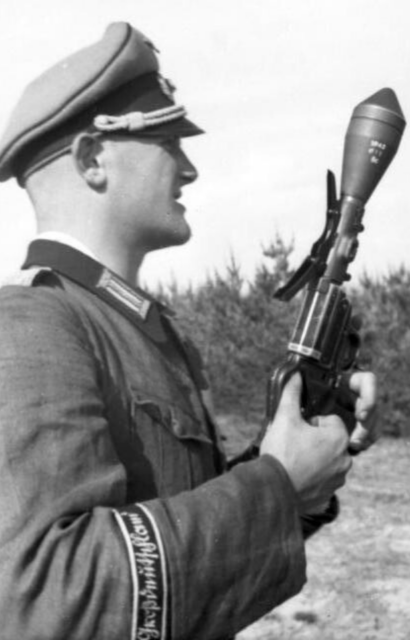
The Panzerwurfkörper 42 was a High-Explosive Anti-Tank (HEAT) grenade designed to be fired from a flare gun. It featured a cone-shaped nose cap and steel body, which tapered into a stem and rifled driving band. It weighed 1.5 pounds, and was 8.56 inches in length.
To load the Panzerwurfkörper 42, a rifled brass or aluminum shell casing containing propellant was loaded into the barrel of the Sturmpistole. The grenade’s stem followed, after which the breech was closed. When fired, both the explosive and the stem were forced out. It had a graze fuze that ignited once the explosive hit its target, resulting in the internal cone creating a superplastic high-velocity jet, punching through enemy armor.
The Panzerwurfkörper 42 had a maximum range of only 75 yards, and ultimately could only penetrate up to three inches of Rolled Homogeneous Armor (RHA).
Wurfgranate Patrone 326
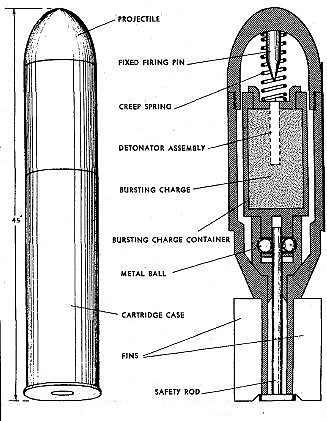
The Wurfgranate Patrone 326 was a small grenade, with a base and four tail fins fitted into a crimped brass or aluminum cartridge. The explosive was light, weighing just 4.2 ounces. It also only had a length of 4.5 inches and a one-inch diameter.
When fired, the grenade was forced from the barrel, leaving its cartridge behind. After about nine to 11 meters, two metallic balls released the safety rod, arming the explosive. Once the target was struck, the inner casing moved forward, compressing the creep pin, striking the firing pin and igniting the detonator and TNT.
The Wurfgranate Patrone 326 had a maximum range of 300 yards, and it was considered ideal for direct firing.
Wurfkörper 361
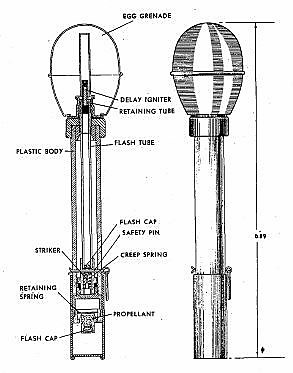
The Wurfköroper 361 used the Eierhandgranate 39, which was screwed onto a bakelite or wooden stem. At the base was a flash cap connected to a tube, which connected to a time fuze. Like the Panzerwurfkörper 42, the Wurfköroper 361 required a brass or aluminum shell casing with propellant to be first inserted into the Sturmpistole.
The Wurfköroper 361 only weighed 8.1 ounces, and it had a maximum firing range of 85 yards when fired at a 45-degree angle. It was used, ideally, when shrapnel would be more effective than direct accuracy.
Before firing, the operator armed the grenade. When launched, the explosive and its stem were forced from the barrel, after which the flash cap ignited the time fuze, resulting in detonation.
More from us: The M18 Recoilless Rifle Obliterated Machine Gun Nests In Korea
The Wurfköroper 361 was considered superior to the Wurfgranate Patrone 326, although it couldn’t be used at a range less than 50 yards, as it meant the operator risked being hit by their own shrapnel.
